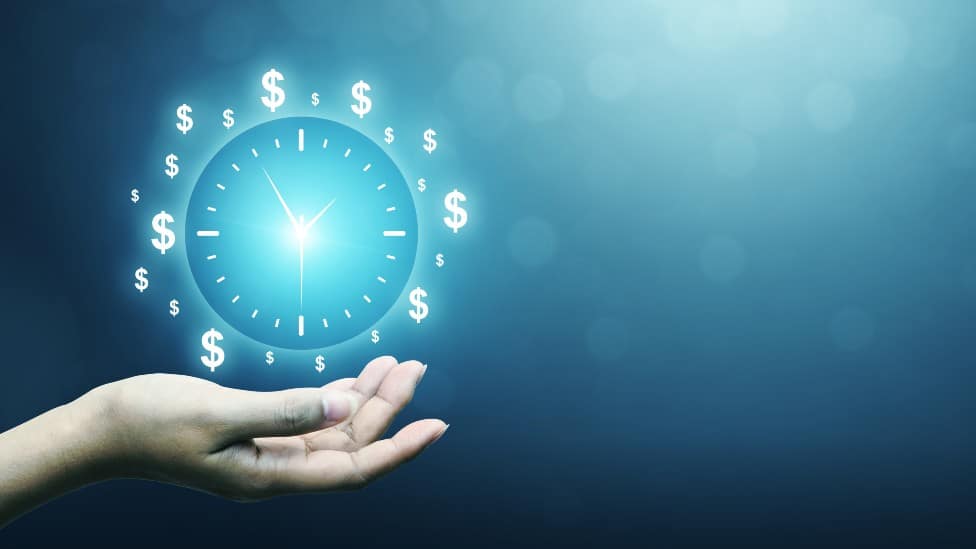New TFSA investors have a tough choice on their hands, as the TSX Index plunges further into correction territory. The S&P 500 is already in a bear market, and many market strategists have lowered their expectations for markets and the economy moving forward.
With so many former bulls bracing themselves for more pain ahead, it’s hard to justify putting your latest TFSA contribution to work. It’s incredibly volatile, and many beginner investors would likely find it a better idea to wait for things to settle down a bit. Indeed, I’ve heard many beginners waiting on the “market bottom” before daring to put money to work in this market.
The stage looks set for a brutal second half
There are a lot of headwinds out there, with the Russian invasion of Ukraine, elevated inflation, rate hikes, COVID, and supply-side constraints that have weighed heavily on first-quarter results for many firms. For the second half, rates will be higher. And consumers move from feeling the pinch of high inflation to feeling the potential hit of rising unemployment.
Central banks injected so much liquidity into the system to prevent a prolonged period of unemployment. As central banks backtrack, there’s no telling how much uglier things could get. Stagflation is a scary word, and it’s being thrown around quite a bit lately by some very smart folks.
While 2022 does not seem like the year to get started investing, I’d argue that it’s a far better year to dip a toe into the equity markets than last year — a “good” year that drew in many beginner investors. The appeal of cryptocurrencies and other speculative get-rich-quick assets has faded. As the speculative bubble burst, shockwaves have been felt across the broader basket of investments.
The case for not waiting for “market bottom” before buying stocks
At this juncture, there are many truly “wonderful” companies that are the cheapest they’ve been since the depths of 2020. Many beginner-friendly TFSA core holdings like TD Bank (TSX:TD)(NYSE:TD) seem to be on sale, as investors fear a storm that may be more mild than expected. Even if a recession is unavoidable, many pundits agree it won’t be nearly as severe as the Great Financial Crisis.
In any case, investors who bought the market crash of 2008 ended up doing pretty well over the long run. The longer you’re willing to hang on for the market roller-coaster ride, the greater the value proposition of stocks today, even as negative momentum picks up.
TD Bank is a great blue-chip dividend stock that’s fallen alongside the broader TSX. Shares trade at 10.5 times trailing earnings, 3.5 times sales, and 9.8 times cash flow. That’s incredibly cheap for a well-run bank that’s navigated through difficult times before. As the economy grinds to a halt, weaker loan growth could weigh heavily on earnings. Though higher rates could beef up TD’s margins, the number of loans could slide, as they tend to do in the face of economic downturns.
In any case, TD and the rest of the Big Six banks will be quick to recover once the next bull market is born. Those who buy their shares on dips will get a swollen yield that’s unlikely to be slashed, even as the economy crumbles worse than expected. At writing, the dividend yield stands at 4.22%.








